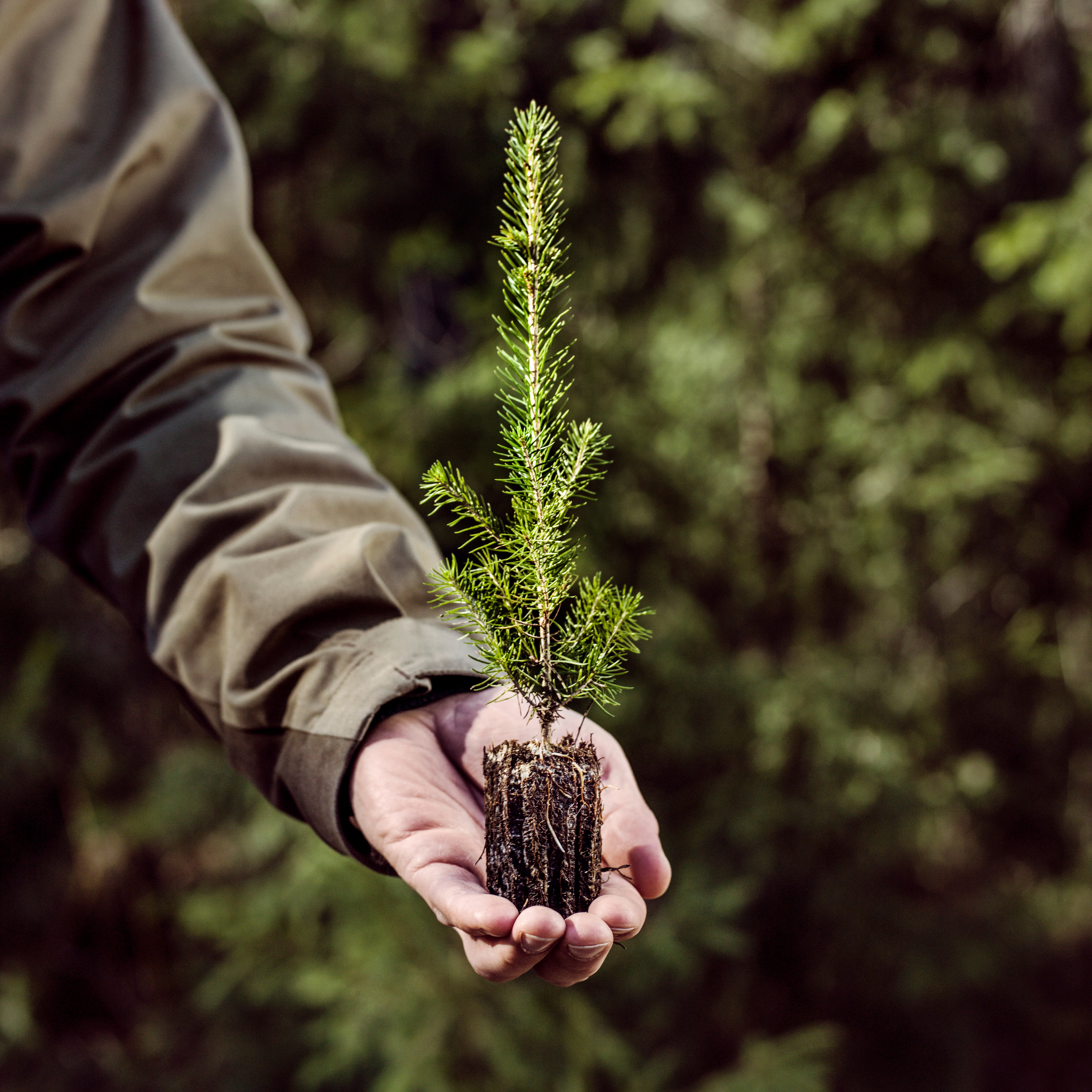We have two ways we can slow down the climate change. The first and most important one is the reduction of fossil-based carbon dioxide emissions, and the second one is the binding and storage of the carbon dioxide already in the atmosphere. Forests play a significant role in terms of the latter, since every tree and every product made from wood stores carbon throughout their life-cycle.
“While wood plays a key role in climate change mitigation, we can’t stack all emissions on the shoulders of forests. The world’s forests are not enough to bind and store all of the carbon released through the use of oil and other fossil fuels,” says Armi Purhonen, Environmental Communications Specialist at Metsä Group.

While wood plays a key role in climate change mitigation, we can’t stack all emissions on the shoulders of forests.
ARMI PURHONEN | METSÄ GROUP
According to the Paris Agreement, the entire world should be carbon neutral by 2050. To achieve this goal, Finland, alongside other EU countries, has made a commitment to reduce its greenhouse gas emissions by 40 per cent by 2030.
This means that we still have a long way to go in terms of a carbon-neutral world and that the road there requires ecologically efficient solutions that allow us to use our natural resources more wisely and to reduce the volume of greenhouse gas emissions to a point where our carbon sinks are able to compensate for them in full.









